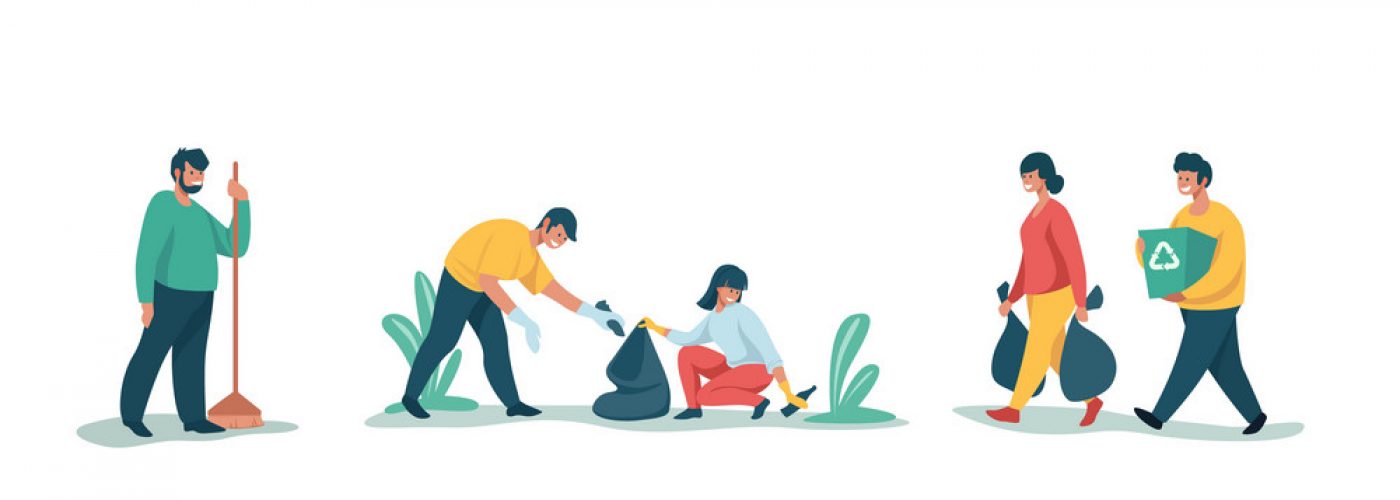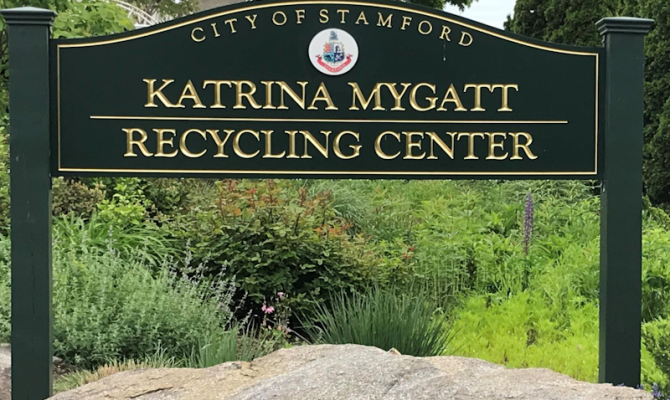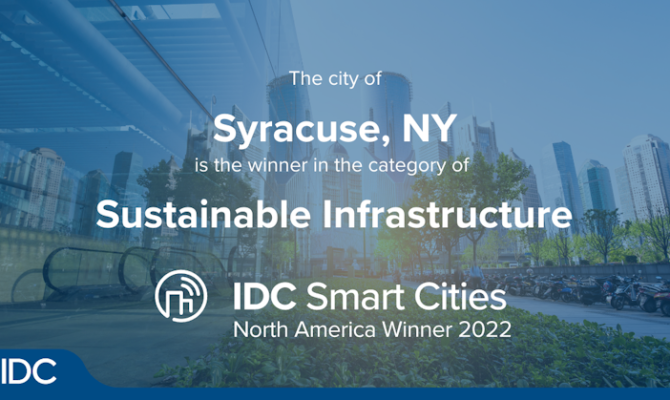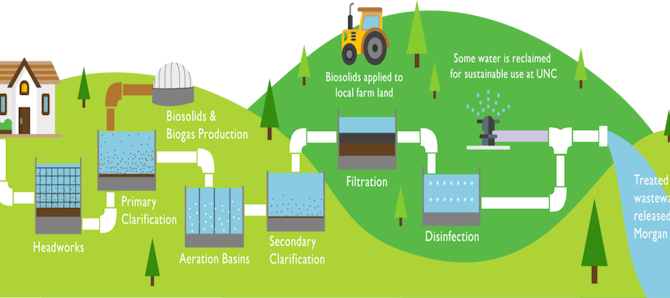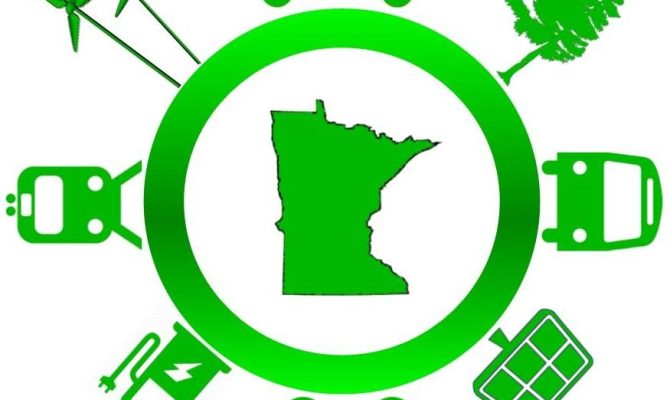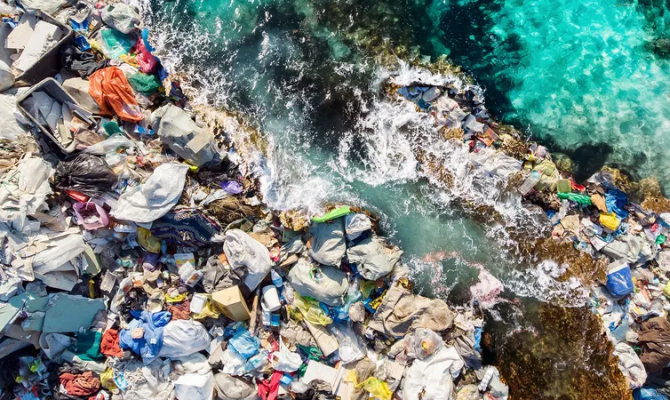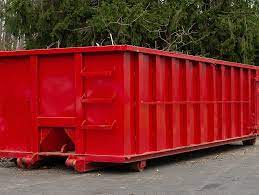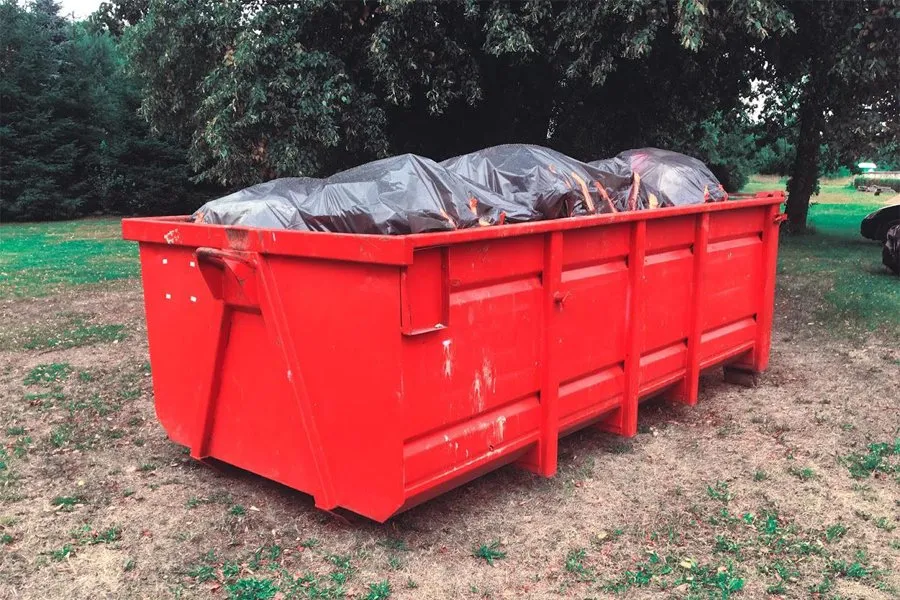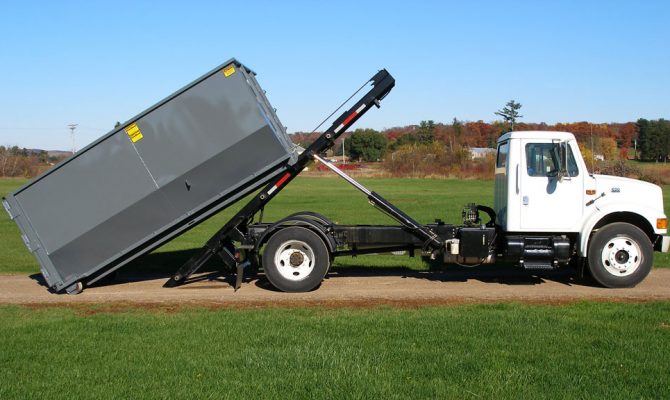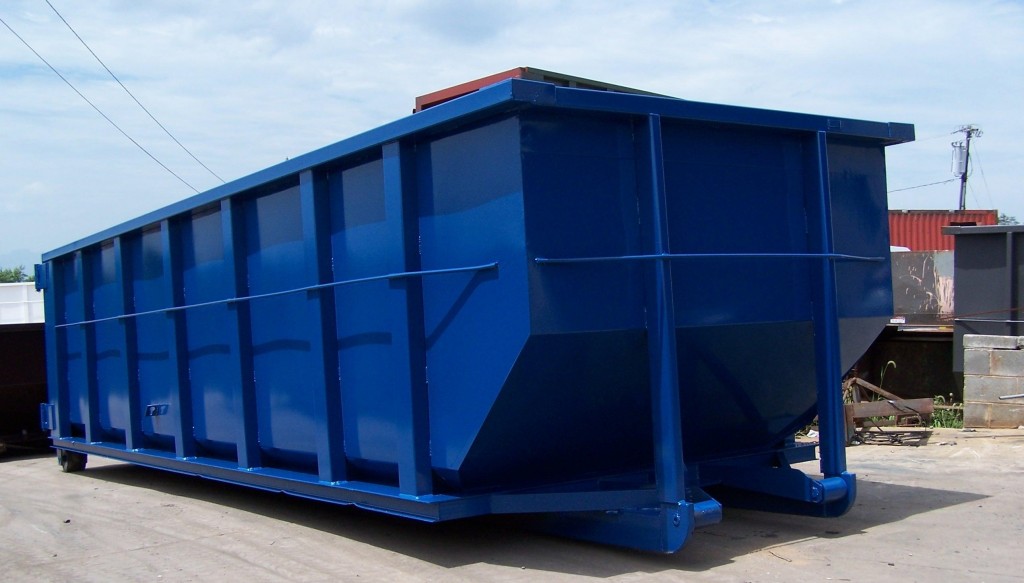While the topic of environmental protection is already part of the daily lives of many individuals in Texas, it is still often neglected in office life. However, the workplace can be arranged in an environmentally friendly way without much effort. So let’s talk about good ecological practices and sustainable development in the office.
Why is a sustainable office important
Protecting and preserving the planet is just as vital for each of us. The ecological aspect in particular, i.e. the fact that resources are limited and valuable, is in the foreground. There are, however, other reasons to establish sustainability not only in logistics, but also in the office.
Easy to implement
First of all, ecological awareness is necessary, which is already the subject of a national debate in many places. Then, there are already small eco-gestures in the office for changes in daily processes which, added together, can make the difference. Every person can integrate it into their daily life with minimal effort.
Conservation of resources and easy-to-implement ideas for more sustainability in the office are a priority. You can help protect the environment at a lower cost while saving money, for example, by disposing of your professional waste properly.
Costs and expenses
Business leaders often mistakenly believe that sustainability in the workplace means high expenses: environmentally friendly equipment and products are more expensive than mass-produced products containing plastic. However, even if sustainable products often cost more to purchase than conventionally manufactured products, they are still more economical and their purchase constitutes one of the most advantageous eco-responsible actions in business to make, given that :
Their life cycle is much longer
Products made with respect for the environment can often be repaired, for example, you can replace faulty parts of a durable piece of furniture. By purchasing sustainable products, you certainly have to expect a higher investment initially, but you can even reduce costs in the long term, because you no longer need to regularly repurchase equipment or pay for disposal costs, for example for bulky items. Reducing CO2 emissions and the contribution you make to preserving the environment is priceless anyway.
Resource-saving behavior has a positive long-term effect on the profitability of the company: the less energy or materials you use, the less expenses you have.
Instructions for an eco-friendly office
Arranging the workplace sustainably is not difficult and does not necessarily involve high investments. With good advice, it is possible to save resources, costs and energy in the office.
Make a regular cleaning and hire a dumpster if necessary to remove all the old junk you do not need anymore. Junk disposal services are a great way to limit pollution.
Use an automatic coffee machine with grinder
Using coffee machines with aluminum or plastic capsules generates daily waste. Preferably use a bean-to-cup coffee machine and reduce the volume of capsule waste in the office.
Paperless in the office
A printer presents a single sheet printed on both sides. In the digital age, printing documents is rarely necessary. It’s high time to go paperless in the office! Pay slips or electronic correspondence save you paper, ink, electricity, time and money.
If printing is still necessary, print on both sides of the paper if possible. According to the EPA, recycled paper should be favored, because its production saves 78% water, 68% energy and 15% CO2. This is all the more important as paper itself still represents 75% of office waste and is only partially recycled. This does not mean that you should not pay attention to your IT consumption either: here is a sustainability calculator which will allow you to obtain additional information on the energy saving potential of your digital use.
Use ecological electricity
The use of renewable energy saves large amounts of CO2. When choosing a supplier, make sure they have a low CO2 value per kWh. The guarantee of origin certificates guarantee that it is indeed electricity from renewable sources.
Save energy
To save resources, use electricity, heat and water sparingly. In online guides, you will find effective tips for saving energy in the office.
Avoid plastic in the office
Instead, install a water dispenser in the office. Do not use plastic cups and prefer glasses, cups or bamboo cups. Use canvas bags rather than plastic bags. Buy refillable pens and desk accessories made from sustainable materials, such as bamboo or wood.
Clean in an eco-friendly way
If possible, avoid chemical cleaning agents, as these end up in wastewater and are harmful to micro-organisms! Avoid substances containing biocides, solvents, perfumes or inorganic acids! If possible, use proven home remedies: citric acid works against limescale, gall soap is suitable for removing stains and a mixture of baking soda and vinegar cleans blocked pipes. You can also boil dishcloths and napkins to reuse them.
Look for eco-labels for cleaning products: such as NF Environnement; some labels are, which guarantees that the products have been manufactured in a sustainable manner.
Travel while respecting the environment
If possible, travel by bike, on foot or by public transport. Give your employees back their train subscription or public transport ticket. Take part in bicycle rental offers, provide spaces for their parking on site. Take the train for your business trips. Carpool.
Provide your employees with a charging station for electric bicycles. Teleworking is effective in avoiding CO2 emissions linked to commuting. In addition, modern office automation allows most activities to be carried out from home.
